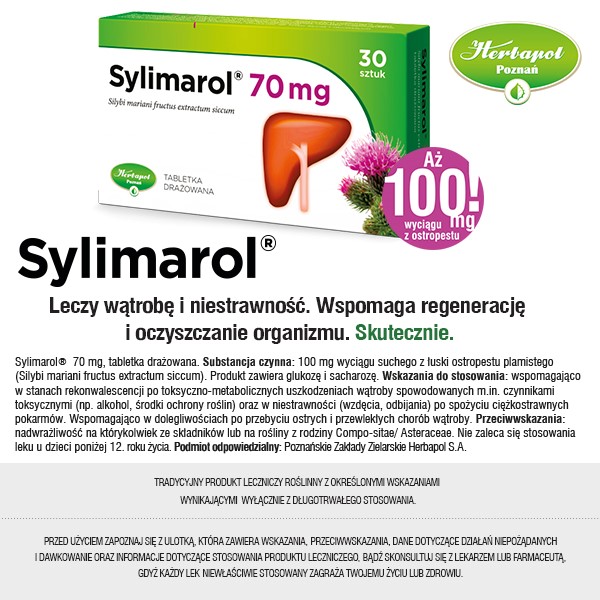Badacze z czołowej uczelni medycznej -University of California, San Francisco (UCSF) – sprawdzali, jak łatwo można się zarazić od partnera seksualnego.
Przebadali 500 osób zakażonych HCV oraz ich długoletnich heteroseksualnych (!) partnerów. Z parami przeprowadzono szczegółowe wywiady oraz zbadano anty-HCV, RNA HCV oraz genotyp wirusa i serotyp.
Wśród partnerów znaleziono 20 osób zarażonych HCV, z czego tylko 9 (1,8%) miało genotyp wirusa HCV zgodny z genotypem wirusa partnera. Jedynie wirusy zbadane u 3 par (0,6%) były na tyle zgodne, że można twierdzić, iż zakażenie nastąpiło od partnera seksualnego.
Przeanalizowano 8377 osobolat współżycia (500 par, mediana czasu trwania związku – 15 lat, mediana wieku badanych – 49 lat).
Na tej podstawie obliczono, że prawdopodobieństwo zarażenia się HCV od partnera seksualnego wynosi maksymalnie 0,07% rocznie.
Innymi słowy: jedno zakażenie następuje na 190 000 kontaktów seksualnych.
Autor tłumaczenia: Ferdynand Kiepski
Abstract w oryginalnym angielskim brzmieniu.
Źródło artykułu: http://www.ncbi.nlm.nih.gov/pubmed/23175457#
Hepatology. 2012 Nov 23. doi: 10.1002/hep.26164. [Epub ahead of print]
Sexual transmission of HCV among monogamous heterosexual couples: The HCV partners study.
Terrault NA, Dodge JL, Murphy EL, Tavis JE, Kiss A, Levin TR, Gish R, Busch M, Reingold AL, Alter MJ. Source
University of California San Francisco, Division of Gastroenterology, 513 Parnassus Ave, S357, Box 0538, San Francisco, CA, 94143. Norah.Terrault@ucsf.edu.
Abstract
BACKGROUND:
The efficiency of hepatitis C virus (HCV) transmission by sexual activity remains controversial. We conducted a cross-sectional study of HCV-positive persons and their partners to estimate the risk for HCV infection among monogamous heterosexual couples. METHODS:
500 anti-HCV-positive, HIV-negative index persons and their long-term heterosexual partners were studied. Couples were interviewed separately for lifetime risk factors for HCV infection, within-couple sexual practices and sharing of personal grooming items. Blood samples were tested for anti-HCV, HCV RNA, and HCV genotype and serotype. Sequencing and phylogenetic analysis determined the relatedness of virus isolates among genotype-concordant couples. RESULTS:
HCV-positive index persons were mostly Non-Hispanic Whites, with median age 49 years (range 26-79) and median 15 years (range 2-52) of sexual activity with their partners. Overall, HCV prevalence among partners was 4% (n=20), and 9 couples had concordant genotype/serotype. Viral isolates in 3 couples (0.6%) were highly related, consistent with transmission of virus within the couple. Based upon 8377 person-years of follow-up, the maximum incidence rate of HCV transmission by sex was 0.07% per year (95% CI: 0.01, 0.13) or ~1 per 190,000 sexual contacts. No specific sexual practices were related to HCV-positivity among couples.
CONCLUSIONS:
The results of this study provide quantifiable risk information for counseling long-term monogamous heterosexual couples in which one partner has chronic HCV infection. In addition to the extremely low estimated risk for HCV infection in sexual partners, the lack of association with specific sexual practices provides unambiguous and reassuring counseling messages. (HEPATOLOGY 2012.).
Copyright © 2012 American Association for the Study of Liver Diseases.PMID:23175457[PubMed – as supplied by publisher









